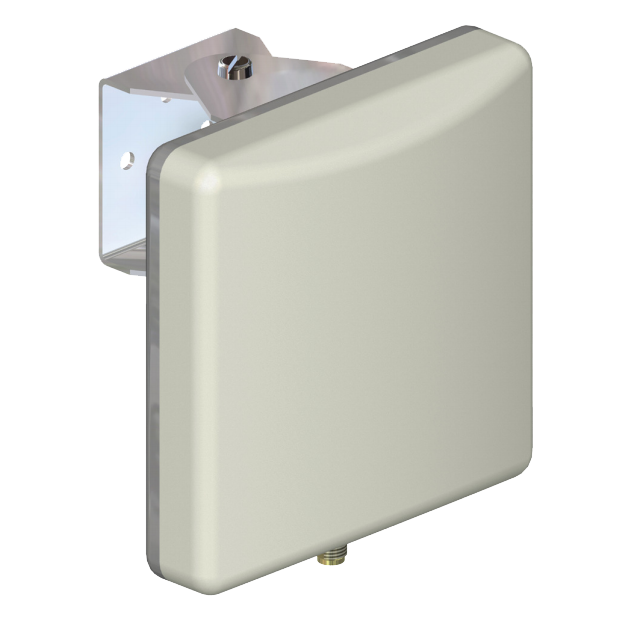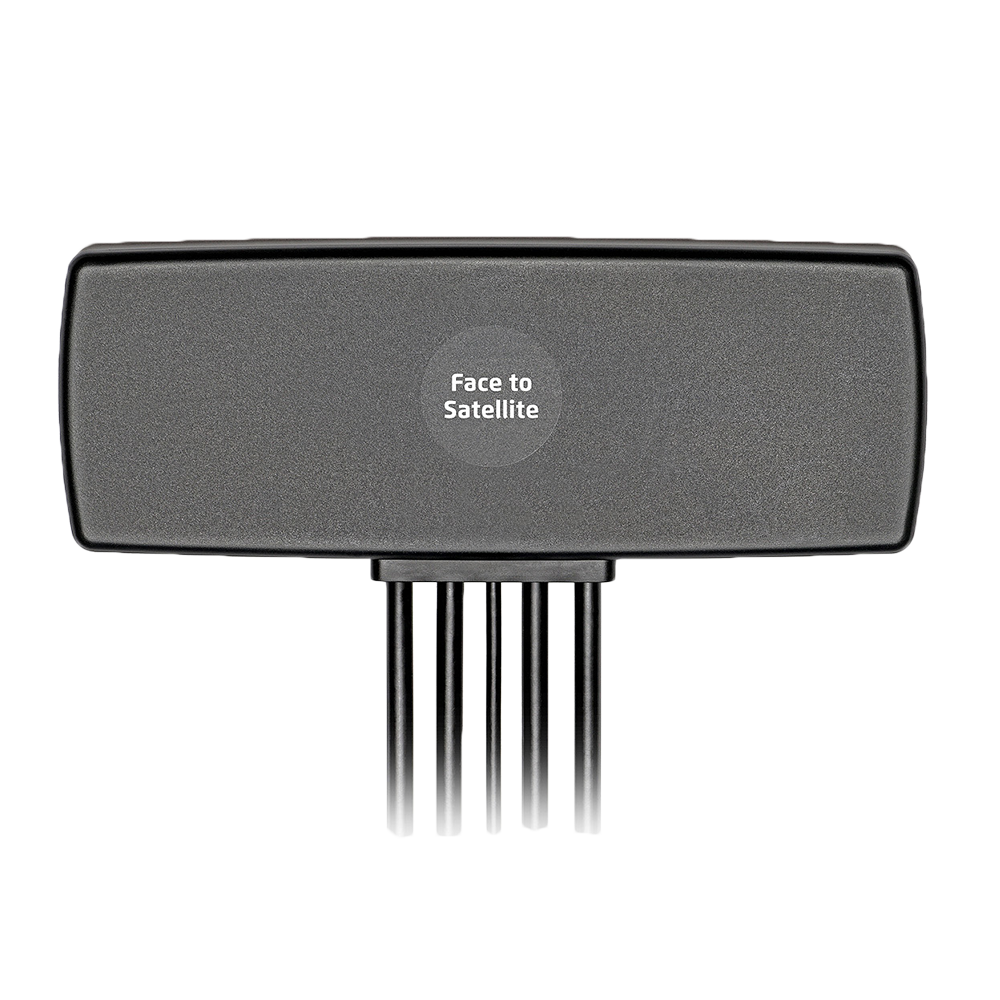
#Wifi patch antenna Patch#
The double stub feeding is proposed for a dual-frequency band, in which at 2.4 and 5.8 GHz, respectively with identical dimension of antenna patch elements. Therefore, in this paper increases bandwidth by changing the matching impedance using a double stub on the feeding antenna array. However, microstrip antenna experiences imbalance impedance, which in turn affects the performance of the antenna with narrow bandwidth as well as reducing the radiation emission of the radio wave. Microstrip antennas are one of the most widely used types of antennas in various applications in communication systems. The proposed antenna can be tuned directly by applying a Direct Current (DC) voltage to the graphene strips, resulting in a variation in the surface impedance of the graphene strips and leading to shifts in the resonance frequency. The simulated tuneable antenna comprises a copper radiating patch with four graphene strips used for tuning purposes and is designed to cover a wide frequency band. The graphene material has a reconfigurable surface conductivity that can be adjusted to function at the required value, thus allowing the required resonance frequency to be selected. The tuneable antenna is used to eliminate the difficulties caused by the narrow bandwidths typically associated with MPAs. In this paper, a graphene-based tuneable single/array rectangular Microstrip Patch Antenna (MPA) utilizing an inset feed technique designed to function in multiple frequency bands are used in a fifth-generation (5G) wireless communications system.

Microstrip Patch Antennas (MPAs) are known largely for their versatility in terms of feasible geometries, making them applicable in many distinct circumstances. The proposed antenna can be tuned directly by applying a direct current (DC) voltage to the graphene strips, resulting in a variation in the surface impedance of the graphene strips and leading to shifts in the resonance frequency. In this paper, a graphene-based tuneable single/array rectangular microstrip patch antenna (MPA) utilizing an inset feed technique designed to function in multiple frequency bands are used in a fifth-generation (5G) wireless communications system. Microstrip patch antennas (MPAs) are known largely for their versatility in terms of feasible geometries, making them applicable in many distinct circumstances. Again, 14.623% is the miniaturization ratio of the patch dimension with conventional one. The minimal loss of return is around-20.53 dB on 2.2GHz. The use of the CSRR structure, based on simulation results, is with bandwidth enhancement hitting 269.95% greater than without CSRR structure. The complete CSRR structure is on back ground plane of the proposed antenna and thus it's also called defected ground structure. The CSRR structure is modeled on a 60x50 mm 2 ground plane for a rectangular patch microstrip antenna operating on 2.2 GHz using the CST simulator. The framework is mainly intended for the enhancement of bandwidth.

The sophisticated and compact antenna is mounted on the FR4 epoxy substrate of 1.6mm thickness. A modern rectangular complementary split ring resonator is developed and evaluated after the analysis of various types of metamaterial structures. The aim of the paper is to address the novel metamaterial CSRR rectangular patch microstrip antenna design for bandwidth improvement.


 0 kommentar(er)
0 kommentar(er)
